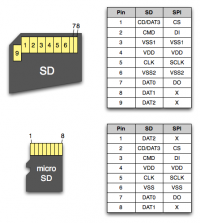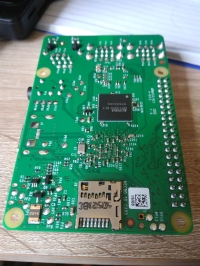Hello, I have several pieces of damaged raspberry pi. The converters provide the correct voltages, nothing heats up, all components look functional. After inserting the memory card with the system and connecting to the power supply, both the ACT and PWR LEDs light up. They burn all the time. Has anyone encountered such a problem? What could be the reason for this?




